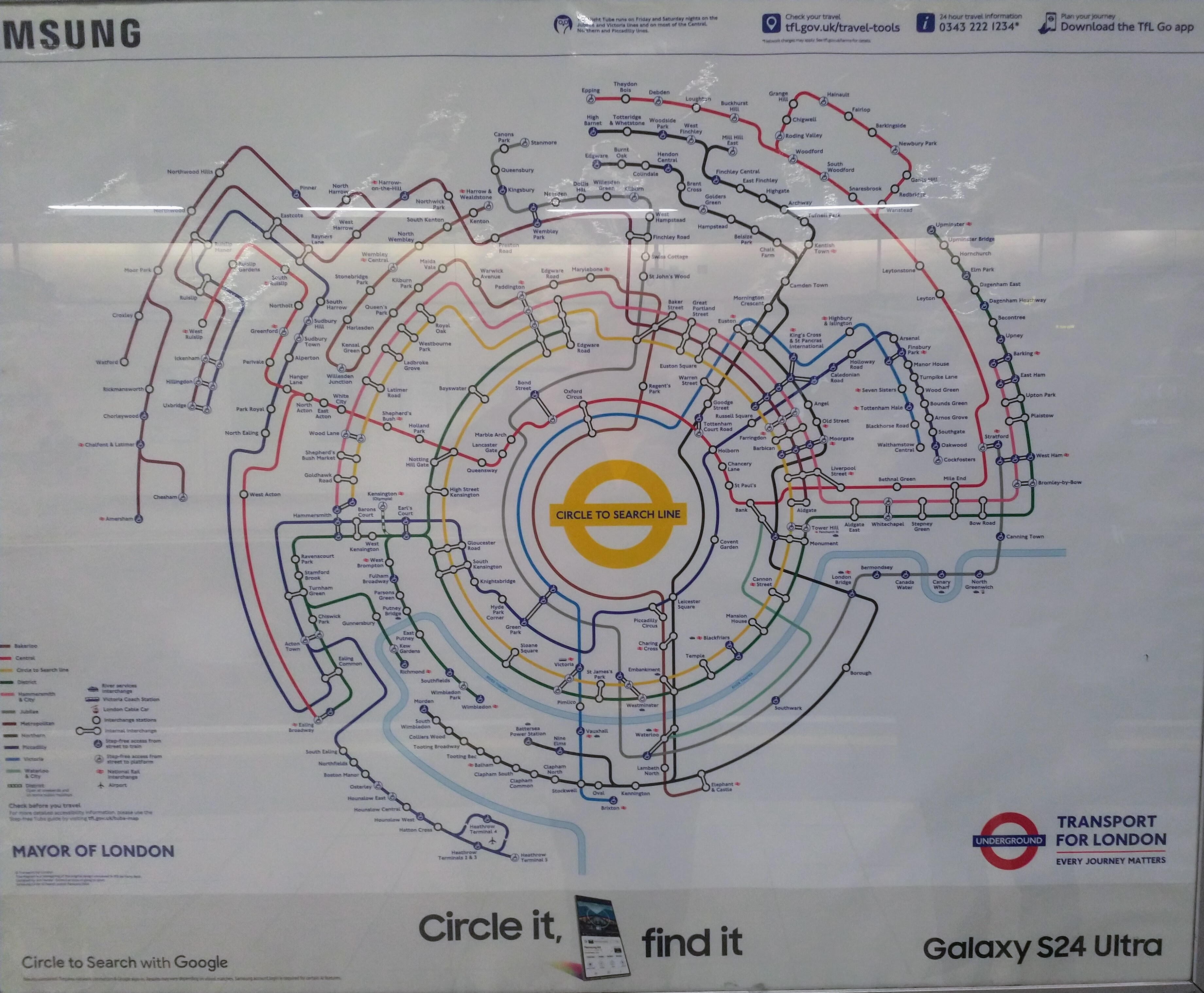As an entrepreneur, pricing is an important consideration in any evaluation, development, and customer testing. In How To Price A SaaS Product, we see different pricing strategies, cost-based pricing, competitor-based pricing, penetration pricing, value-based pricing, freemium pricing. None of these match what I am ultimately considering: consumption-based pricing. Pricing is critical to define the value proposition statement and determine the range of the total lifetime value (TLV). It can vary greatly for B2C, B2B, and B2B enterprise offerings. If we look at YCombinator https://www.ycombinator.com/library/6h-startup-pricing-101 a basic principle is determining the gap between price and cost. That is your margin and your incentive to sell, and you work with either cost-plus or value-based pricing. Starting with founder-led sales is difficult as you do not have the luxury of a dedicated and experienced head of sales to work on different models and guide a technical founder, even before you enter the minefield of enterprise sales with applicable bids, contract, and compliance complexities. I am drawn back to “Consumption-based pricing is a pricing model that charges customers based on their product or service usage. Consumption-based pricing calculates pricing based on usage volume rather than the number of users and is a popular pricing model for IT services, SaaS, and cloud computing and storage” Cite: Consumption-Based Pricing.
Moving a Billion Postgres Rows on a $100 Budget
I wrote recently about the 1 Billion Row Challenge (1BR). This week, I found this article on the same number with a different title. The objective was not performance; it was cost. PeerDB enables the efficient extraction of data from PostgreSQL into a data warehouse, such as Big Query, ClickHouse or Snowflake. It was interesting to see Arvo as a format used over, for example, Parquet. The product also offers different streaming modes, including log-based (CDC), cursor-based (timestamp or integer), and XMIN-based. I will need to do further research on this new term XMIN-Based.
Test queries against your production database (responsibly)
This post links off to a YouTube video of The Safest Way to Test Postgres Destructive Queries, which provides a basic introduction to branching of the Neon PostgreSQL DBaaS. While the title originally interested me, the example showing the mechanics is like many other product examples in which it is extremely simplistic and not a true representation of “production” size or workload. I see this as a similar concept to AWS RDS Aurora cloning. However, any example should modify the structure of a table, measure the impact of that structure against production queries (note plural), and provide additional metadata rather than just a response time. These are important considerations in my own evaluation of test coverage of data access and the gathering of configuration, data, and infrastructure when running experiments to determine a more optimal data access path or a new functionality requirement. More documentation can be found here on Neon Branching
About “Digital Tech Trek Digest”
Most days, I take some time early in the morning to scan my inbox newsletters, the news, LinkedIn, or other sources to read something new about professional and personal topics of interest. I turn what I read into actionable notes in a short, committed time window, summarizing what I learned, what I should learn and use, or what is of random interest. And thus my Digital Tech Trek.
Some of my regular sources include TLDR, Forbes Daily, ThoughWorks Podcasts, Daily Dose of Data Science and BoringCashCow. Also Scientific American Technology, Fareed’s Global Briefing, Software Design: Tidy First? by Kent Beck, Last Week in AWS, Micro Newsletter to name a few.
Random Wisdom
This week, I was reminded via a very interesting statement that work-life balance and joy in what you do are critically important. You will not find on a tombstone the statement:

